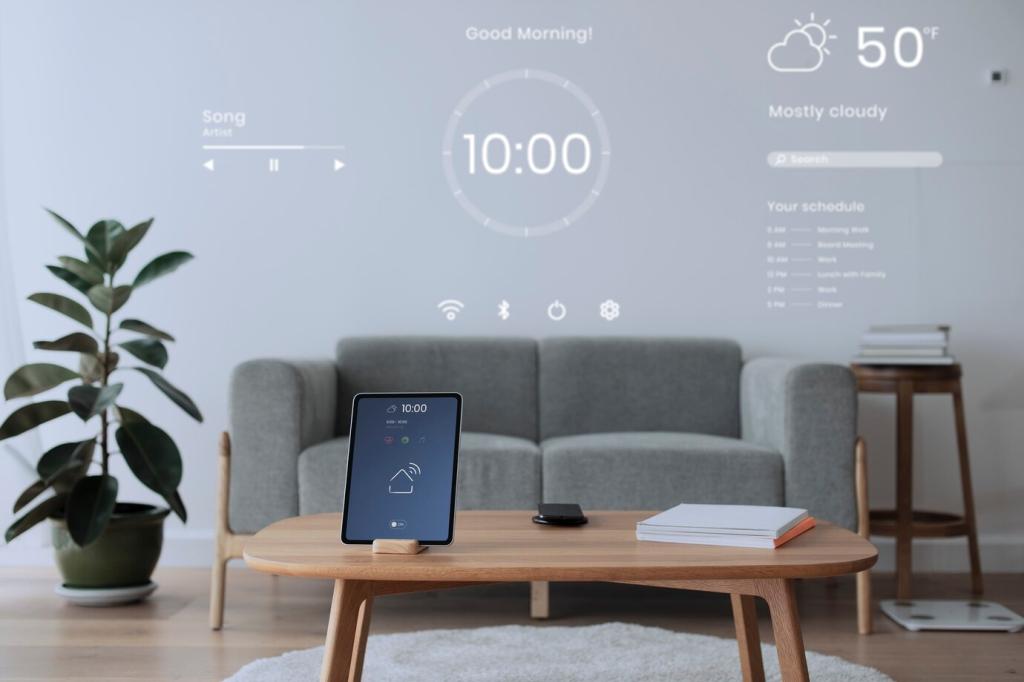Smart Home Technology: Security Trends and Solutions
Smart home technology has rapidly transformed the way we live, bringing unprecedented convenience and efficiency to daily life. As our homes become increasingly connected, security becomes paramount to ensure that privacy and safety are not compromised. Advances in sensors, artificial intelligence, and network connectivity are driving new trends and innovative solutions in the smart home marketplace. This page explores the latest security trends, potential threats, current solutions, and recommendations for safeguarding smart homes in an evolving digital landscape.
Evolving Threat Landscape in Smart Homes
Cyber criminals are utilizing more advanced tactics and tools to gain unauthorized access to smart home systems. These attacks often exploit weak passwords, outdated firmware, and unsecured network connections. Phishing attempts and malware specifically designed for IoT (Internet of Things) devices are becoming increasingly common. Hackers are no longer limited to targeting traditional computers; instead, any connected device—such as security cameras, smart locks, or even light bulbs—can become an entry point. The growing interconnectedness and automation of devices mean that a single compromised system can potentially give attackers broader access, escalating the potential risk to entire households.


End-to-End Encryption for Data Protection
End-to-end encryption is quickly becoming a cornerstone of smart home security. By ensuring that data transmitted between devices and servers is concealed from outside observers, this technology significantly reduces the risk of interception and misuse. Many manufacturers are adopting encryption protocols that are both highly secure and lightweight enough to run on resource-limited smart devices. The implementation of strong encryption not only protects sensitive user information but also helps to authenticate devices within the network, making it much harder for unauthorized actors to inject malicious traffic or commands.
AI-Powered Anomaly Detection
Artificial intelligence is taking smart home defense to the next level by monitoring user behavior and device activity in real time. AI algorithms can learn the normal routines and interactions specific to a given household. If suspicious or unusual behavior is detected—such as a door unlocking at an odd hour or a device communicating with unknown servers—an alert is automatically generated. This greatly improves the chances of identifying attacks before they escalate. AI-powered anomaly detection reduces the reliance on static rule-based systems, allowing for dynamic and adaptive defense strategies that evolve alongside new types of threats.
Secure Device Onboarding and Authentication
One of the weakest links in many smart home systems has always been the initial setup process, where devices are added to the network. Recent solutions focus on secure device onboarding using multifactor authentication methods and cryptographic keys. Users are prompted to verify their identities during setup, ensuring that only authorized individuals can enroll new devices. Device authentication protocols, such as certificate-based authentication, help guarantee that new equipment comes from trusted sources and has not been tampered with prior to installation. These improvements make it more difficult for rogue devices or attackers to infiltrate home networks.
Challenges in User Awareness and Adoption
As security features become more advanced, they sometimes add layers of complexity to the user experience. Many homeowners find it challenging to configure or manage their smart home systems, especially when features like multifactor authentication or advanced firewall settings are involved. If safety measures are too difficult or confusing, users may ignore them or opt for less secure defaults. This underscores the importance of intuitive interfaces and streamlined setup processes that empower users to maintain high levels of security without becoming overwhelmed by technicalities.

